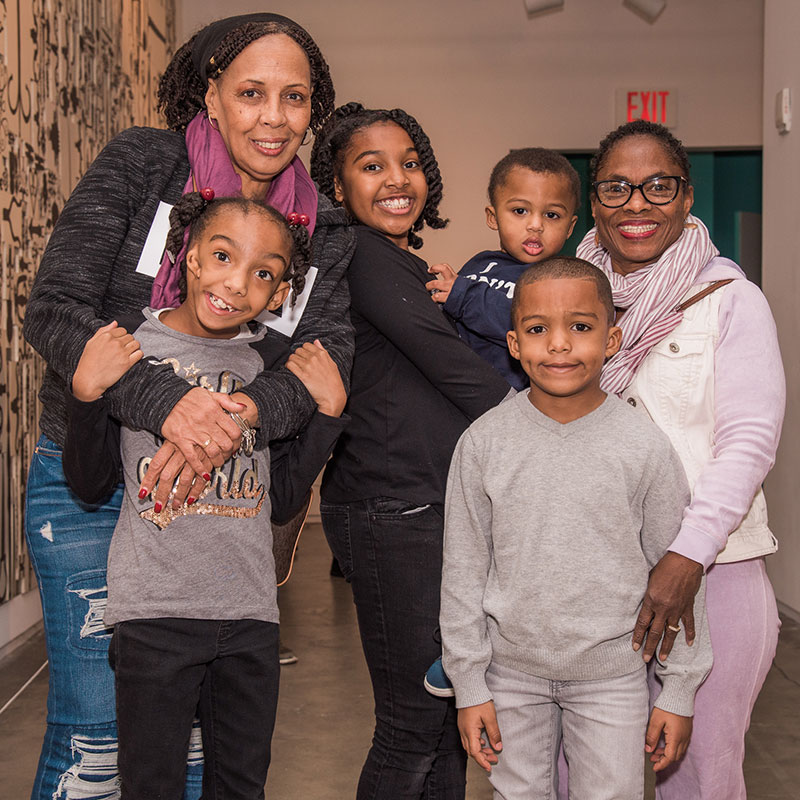Signs & Symptoms of Craniofacial Microsomia
Home > Craniofacial Conditions > Craniofacial Microsomia > Signs & Symptoms
How Craniofacial Microsomia is developed
During fetal development, structures known as the first and second brachial arch will eventually develop into the head and neck. The abnormal development of these structures results in the distinctive facial features of craniofacial microsomia and related conditions. Most patients have facial asymmetry or hemifacial microsomia, where one side of the face appears different than the other. This is due to the underdevelopment of the jaw, cheekbones, and facial muscles. Of note, although hemifacial microsomia is the most common presentation, both sides of the face can be affected in up to 1 in 3 patients.
Common signs and symptoms that affect the head and neck structures
In addition to facial asymmetry, patients also often have the following common signs and symptoms that may affect different areas of the head and neck structures, including the face, jaw, teeth, eyes, ears, and other head and neck structures:
| Affected Area | Signs & Symptoms |
| Face |
|
| Jaw |
|
| Teeth |
|
| Ears |
|
| Eyes |
|
*Adapted from National Institute of Dental and Craniofacial Research
As a result of the structural anomalies of the face, many patients will have functional difficulties such as difficulty feeding or eating as well as speech difficulties. Underdevelopment or absence of the ear canal and middle ear structures can lead to hearing impairment or loss, while anomalies of the eye can impair vision or even lead to vision loss. Epibulbar dermoid cysts can cause further vision problems such as astigmatism, amblyopia (lazy eye), and strabismus (crossed eyes).
Extracranial anomalies
Aside from facial anomalies, up to 55% of patients with craniofacial microsomia can have extracranial anomalies. For example, patients who are often given the Goldenhar syndrome diagnosis will have anomalies of the spine and rib cage. Some individuals experience incomplete formation of the spine and/or rib cage, abnormal bone fusions, or missing ribs or spinal vertebrae. The most common problem is congenital scoliosis, an abnormally curved spine, which affects up to 50% of patients with Goldenhar syndrome. Abnormal spine or rib development can also lead to poor growth and limit lung development and function. Some patients develop thoracic insufficiency syndrome, which prevents normal breathing and adequate oxygenation of the body in severe cases.
Other organs including the heart, lungs, kidneys, and central nervous system can also be affected in individuals with craniofacial microsomia. In fact, it has been observed that the presence of extracranial manifestations may correlate with increased severity of facial features. Specific extracranial anomalies include:
- Congenital heart defects
- Kidney malformations (e.g., under-developed kidneys or even lack of a kidney on one side)
- Limb malformations (e.g., club feet, hand malformations)
- Hydrocephalus (fluid buildup in the ventricle spaces of the brain)
- Obstructive sleep apnea (obstruction of the back of the throat by soft tissues including the soft palate, tonsils, and tongue, which causes intermittent breathing cessation and decreased oxygenation, during sleep)
- Intellectual disabilities
- Autism spectrum symptoms
Resources for the Craniofacial Community
myFace provides individuals and families living with a facial difference access to holistic comprehensive care, psychosocial services, education, resources and support that pave the way for better outcomes.







